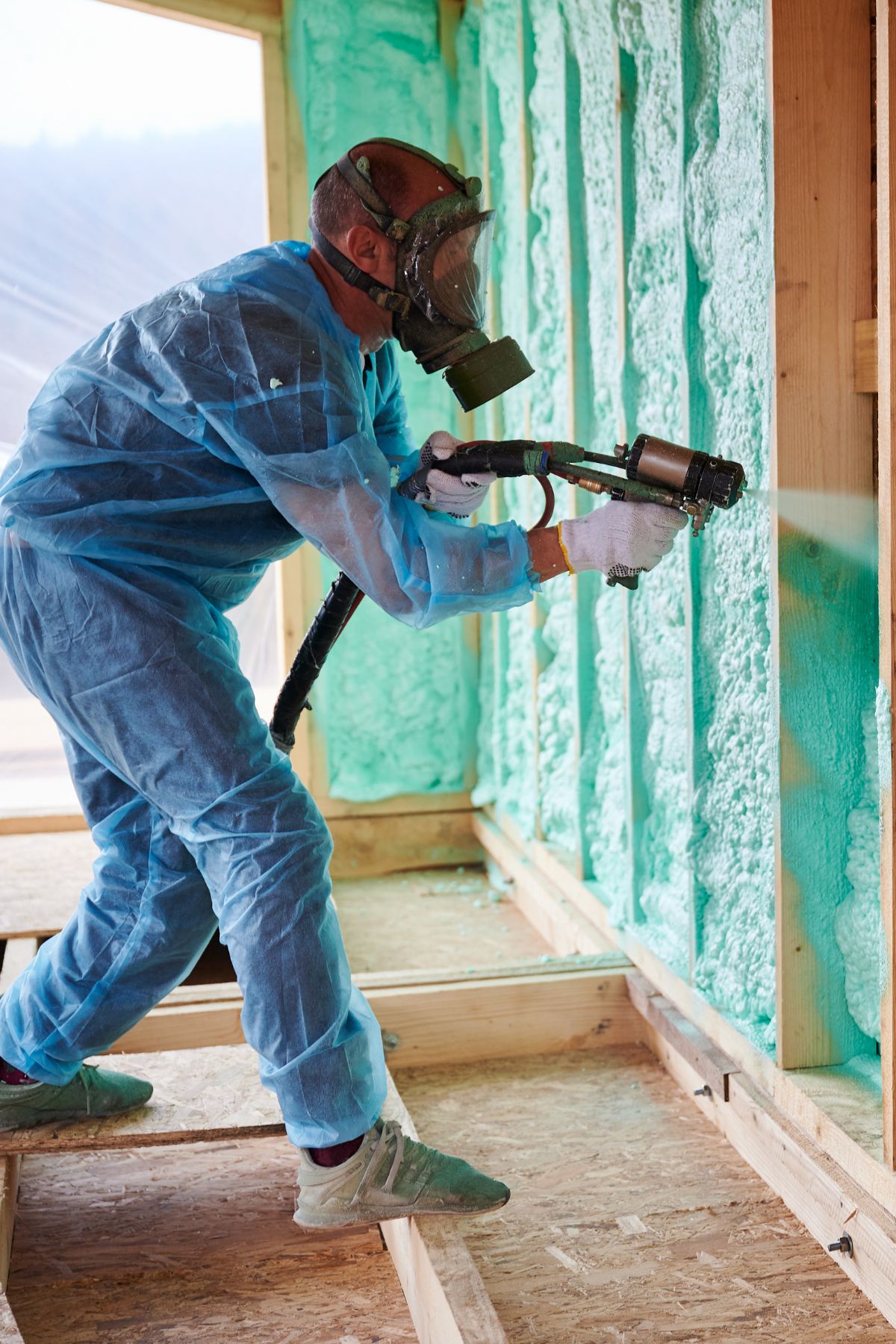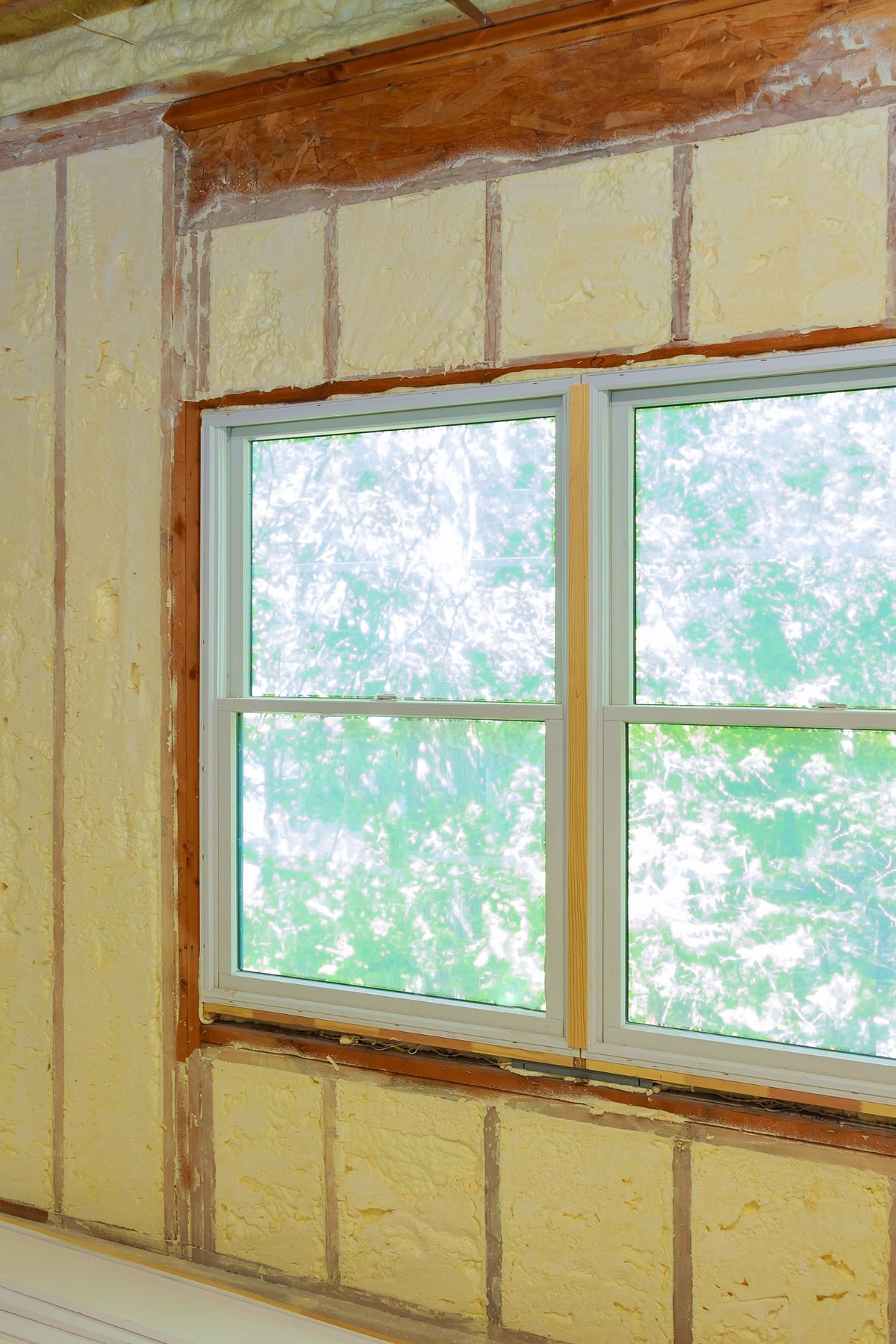A spray foam board foot calculator is essential for planning insulation projects for both DIYers and contractors.
Spray Foam Board Foot Calculator
Enter your area and foam thickness to estimate total board feet and kits needed.
Spray foam is sold and measured in “board feet,” and understanding exactly how many board feet you need—and how many kits that translates to—can save you thousands of dollars, eliminate waste, and ensure your project performs the way you expect. Yet many people still miscalculate foam volume, underestimate thickness requirements, or completely forget to include over-application and job-site waste margins. This comprehensive guide will show you how a spray foam board foot calculator works, why it matters, and how you can use one to plan any project with precision and confidence.

What Is a Board Foot and Why Does It Matter?
Before you can properly use a spray foam board foot calculator, you need to understand how spray foam is measured in the first place.
Unlike fiberglass batts or rigid foam boards, spray foam is measured by volume, not area. In the spray foam industry, one board foot is defined as:
1 square foot of area sprayed at 1 inch of thickness.
This standardized measurement ensures that no matter what brand of spray foam you buy—Froth-Pak, Touch ’n Foam, Tiger Foam, Johns Manville, or any other product—the yield is always expressed in the same unit: board feet.
This matters because spray foam kits are sold based on board-foot yield:
- 200 board foot kits
- 600 board foot kits
- 1,000+ board foot commercial tanks
So if you don’t calculate board feet correctly, you can end up under-ordering or over-ordering material by a significant margin. A spray foam board foot calculator solves this problem instantly.
How a Spray Foam Board Foot Calculator Works
A spray foam board foot calculator uses a straightforward formula:
Board feet = (Area in square feet) × (Thickness in inches)
Unlike lumber calculations, spray foam calculations do not divide by 12. In the insulation industry, 1 inch of thickness is already part of the definition.
For example:
- 500 sq ft sprayed at 2 inches
→ 500 × 2 = 1,000 board feet - 320 sq ft sprayed at 3 inches
→ 320 × 3 = 960 board feet
If you are using multiple thicknesses in different parts of the project, that’s where a multi-zone calculator becomes extremely valuable. It allows you to enter different areas and different thicknesses for each zone, helping you calculate your total board foot requirement with accuracy.
Why Thickness Matters So Much
One of the biggest mistakes beginners make is assuming that the area alone determines cost. The thickness you apply has a massive impact on the final number.
Here’s why thickness is important:
1. R-Value Depends on Thickness
Closed-cell foam typically has:
- R-6.0 to R-7.0 per inch
Open-cell foam typically has:
- R-3.5 to R-3.8 per inch
If building code requires R-20, your thickness calculations determine whether you need:
- 3 inches of closed-cell
or - 5–6 inches of open-cell
This calculator helps you plug in these exact values.
2. Cost Scales Linearly with Thickness
Double the thickness = double the board feet = double the cost.
It sounds obvious, but many homeowners underestimate this effect when budgeting.
Single-Zone vs Multi-Zone Calculations
Your home or building likely has multiple areas that require different thicknesses of foam. For example:
- Walls: 2 inches closed-cell
- Roof deck: 3 inches closed-cell
- Rim joists: 2–3 inches closed-cell
- Crawlspace: 1–2 inches closed-cell
- Basement headers: 2–3 inches closed-cell
A professional-grade spray foam board foot calculator lets you create multiple zones, each with:
- Area
- Thickness
- Foam type
- Optional cost inputs
- R-value estimation
- Wastage percentage
Using zones ensures your estimate is far more accurate than simply multiplying your entire house by a single number.

Why Wastage and Over-Spray Need to Be Included
Spray foam yield is never perfect. The real-world yield differs from the theoretical yield listed on the spray foam kit.
Common reasons include:
- Cold substrate temperatures
- Installer inexperience
- Irregular surfaces
- Cavities with varying depth
- Missed areas requiring touch-up
- Product loss inside the gun or lines
A good calculator allows you to add a wastage margin of:
- 0% (rarely recommended)
- 10% (industry standard)
- 15% (professional margin)
- 20% (cold weather or complex surfaces)
- 30% (attics, rim joists, or DIY beginners)
Example:
If your base calculation shows 1,500 board feet, and you add 15% extra:
1,500 × 1.15 = 1,725 board feet
This changes your kit count significantly.
Estimating the Number of Spray Foam Kits You Need
Spray foam board foot calculators often estimate kits based on excess-adjusted board feet.
Common kit yields:
- 200 board foot kits
- 600 board foot kits
If you need 1,725 board feet:
- 200 BF kits: 1,725 ÷ 200 = 8.6 → 9 kits
- 600 BF kits: 1,725 ÷ 600 = 2.875 → 3 kits
This is where cost inputs become valuable.
Cost Estimation Using a Spray Foam Board Foot Calculator
A high-end calculator lets you enter pricing for:
- 200 board foot kits
- 600 board foot kits
Typical retail prices (2025):
- 200 BF closed-cell kit: $340–$440
- 600 BF closed-cell kit: $790–$970
If the calculator shows:
- 3 × 600-BF kits
at $850 each:
Total cost = $2,550
This gives you a real-world budget quickly and accurately.
Using Foam Type (Open-Cell vs Closed-Cell) in the Calculator
A professional calculator should allow you to choose between:
Closed-cell foam
- R-6 to R-7 per inch
- Acts as vapor barrier
- Adds structural strength
- Higher cost
- Higher board-foot yield per inch
Open-cell foam
- R-3.5 per inch
- Not a vapor barrier
- Better for sound control
- Much lower cost
- Expands more, but requires thicker applications
Since open-cell typically requires more inches to reach the same R-value, a spray foam board foot calculator helps you understand how thickness changes your overall project size.

Understanding R-Value Calculations
In addition to board feet, a top-level calculator will estimate your R-value per zone.
Example:
- 2″ of closed-cell → R-13
- 5″ of open-cell → R-17.5
- 3″ of closed-cell → R-19.5
This helps you understand whether your installation meets code or performance goals.
Common Mistakes This Calculator Helps You Avoid
Mistake #1 – Forgetting Different Thickness Requirements
Walls may require 2 inches, but attic rafters might need 3. If you use one thickness for the whole project, your estimate will be incorrect.
Mistake #2 – Not Including Wastage
Most beginners underestimate yield. Adding 10–20% prevents expensive shortfalls.
Mistake #3 – Confusing Spray Foam Board Feet with Lumber Board Feet
A high-quality calculator uses the correct spray foam definition.
Mistake #4 – Not Accounting for Foam Type
Closed-cell and open-cell perform differently per inch.
Mistake #5 – Using Area Alone
Spray foam is volume-based. Area alone is meaningless without thickness.
Influence of Ambient Temperature and Surfaces
Even with a good calculator, real-world yield may vary due to:
- Cold weather reducing expansion
- Warm weather increasing expansion
- Dense materials (concrete) absorbing heat
- Dusty or dirty surfaces preventing adhesion
- Cavities that vary from 3.5″ to 3.75″ deep
That is why adding an extra margin in your spray foam board foot calculator is essential for accuracy.
Who Benefits Most from Using This Calculator?
Homeowners
Understand cost before calling contractors.
DIY installers
Calculate how many kits to order.
Contractors
Create accurate quotes with multiple zones.
Energy auditors
Estimate R-value and spray volume.
Builders
Determine compliance with building code.
Real-World Example Using This Calculator
Imagine you are insulating:
Zone 1: Exterior walls
- Area: 800 sq ft
- Thickness: 2 inches
→ BF: 800 × 2 = 1,600
Zone 2: Roof deck
- Area: 500 sq ft
- Thickness: 3 inches
→ BF: 500 × 3 = 1,500
Zone 3: Rim joists
- Area: 120 sq ft
- Thickness: 2.5 inches
→ BF: 120 × 2.5 = 300
Total raw board feet = 3,400
Add 15% extra for wastage:
3,400 × 1.15 = 3,910 board feet
Kit estimate:
600 BF kits → 3,910 ÷ 600 = 6.52 → 7 kits
Cost (if each kit is $850):
7 × $850 = $5,950
This level of accuracy is why professionals rely on a multi-zone spray foam board foot calculator.
Why a Multi-Zone Calculator Is Superior
Instead of using one oversized guess for the whole project, you can:
- Handle different materials
- Calculate precise R-values
- Add costs per kit
- Enter foam type
- Generate per-zone totals
- Avoid over-ordering
Precision = savings.
In addition to improving accuracy and budgeting, a spray foam board foot calculator also helps you compare different insulation strategies before committing to a project. For example, you can model how much foam you would need if you switch from open-cell to closed-cell, increase thickness for higher R-value, or insulate additional zones like a basement or crawlspace. This kind of modeling is incredibly valuable because it lets you see how small changes in thickness or material choice can dramatically affect total board feet, overall cost, and long-term energy savings. With a calculator doing the heavy lifting, you can evaluate multiple scenarios side-by-side and make a smarter decision that balances performance, cost, and durability.
Conclusion
Whether you’re a DIYer trying to understand how many foam kits to order, a homeowner reviewing contractor quotes, or a professional installer preparing for multiple job sites, a calculator gives you the accuracy you need to plan confidently. By calculating volume, thickness, foam type, cost, and wastage across multiple zones, it allows you to create a clear, reliable estimate for your entire project.
Spray foam insulation offers unbeatable air sealing, moisture control, and energy performance—but only if you apply the correct amount. A professional-grade, multi-zone spray foam board foot calculator ensures that every inch of your project is planned precisely, that you purchase the correct number of kits, and that you stay within budget.
If you’re looking for the most accurate way to size your next insulation job, this calculator is the essential tool that brings clarity, confidence, and accuracy to your planning process.
